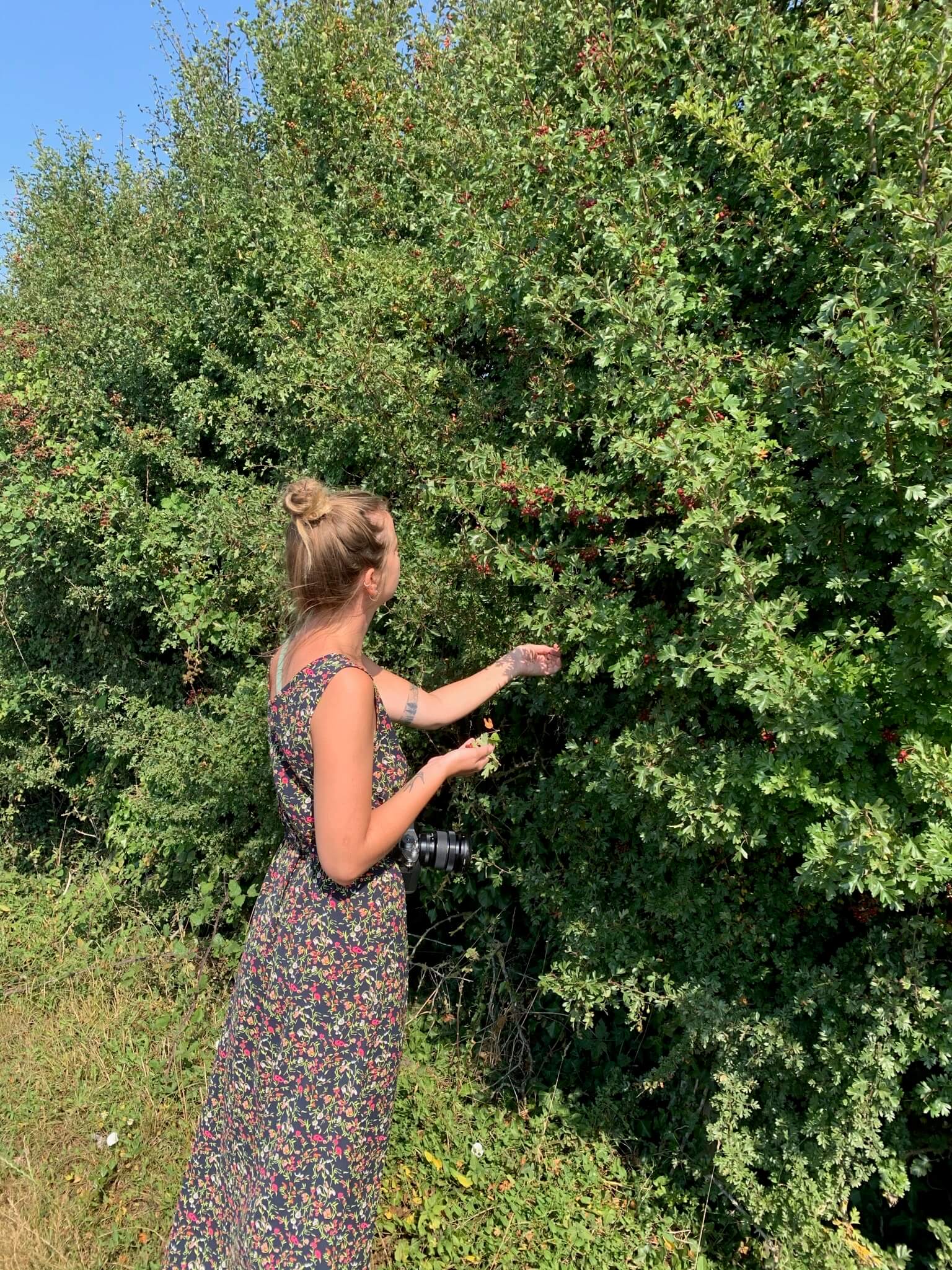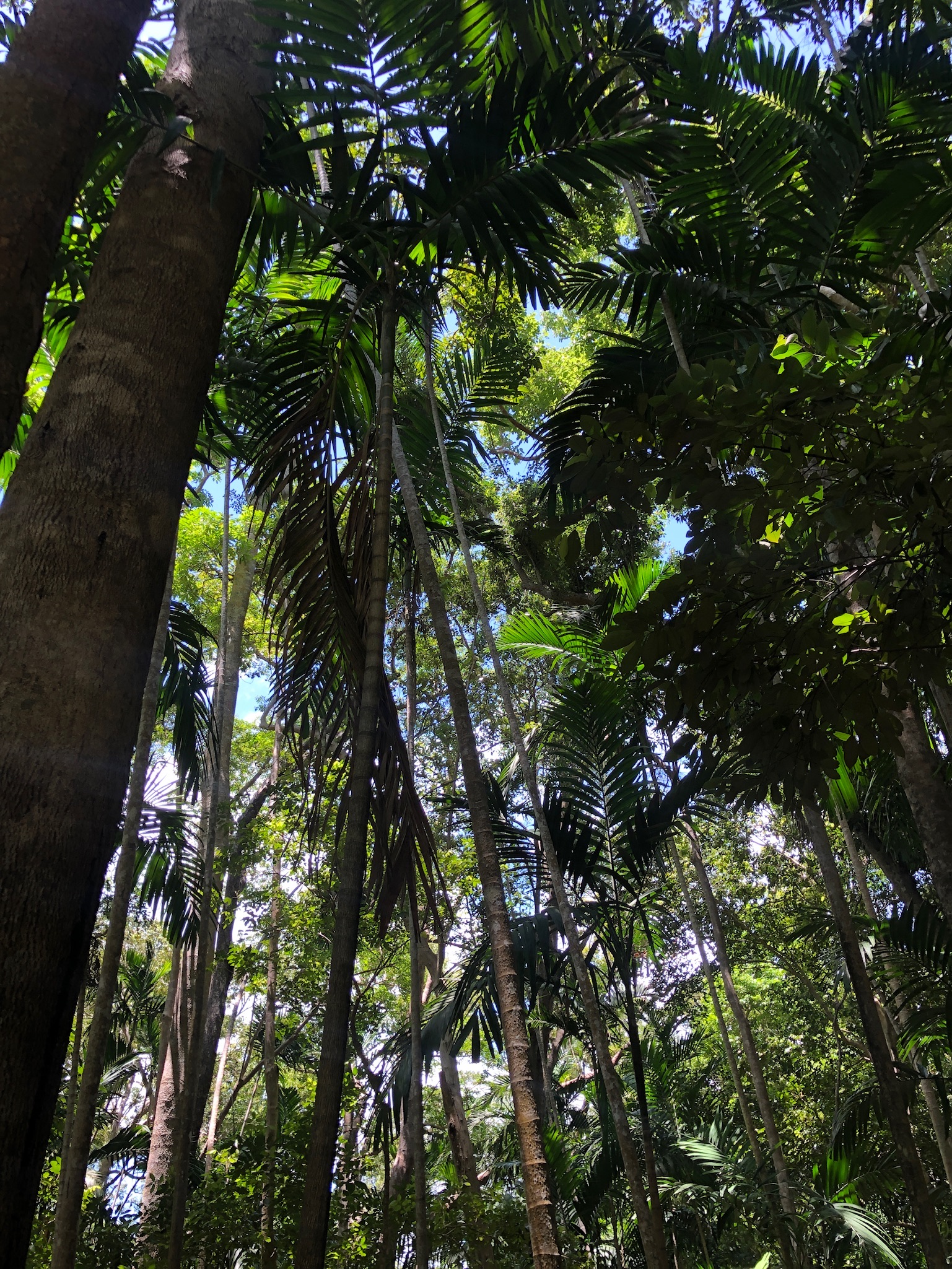The Myth of Variety
Walk into any supermarket, and it feels like we’re spoilt for choice. There are aisles lined with fruit and veg from every corner of the globe. But when we look a little closer, the illusion starts to crack. Despite the 7,000+ edible plants available worldwide, we keep coming back to the same 15–25 vegetables, year after year.
Many modern humans get half their calories from just three crops: maize, rice, and wheat. Compare that with our Neolithic ancestors, who consumed as many as 300 different plants over the course of a year. What happened?
Modern agriculture didn’t just change how we grow food, it changed what we think food is. Since childhood, many of us have eaten the same limited variety: apples, bananas, grapes, broccoli, carrots, peas, maybe a few others.
The Veggie Shape-Shifter
But here’s a twist: that broccoli in your trolley? It’s actually the same species as your kale. And cauliflower. And brussels sprouts. And cabbage. And kohlrabi. All of them are just the different domesticated expressions of a single plant, the Brassica oleracea.
They’re not just cousins. They’re closer than that.
Over generations, humans steered this single species into wildly different forms by emphasising certain traits. Broccoli wants tight flower heads, Kale has curly leaves, Kohlrabi has swollen stems. It’s a testament to the power of domestication, but also a warning about how narrow our food system has become.
Domestication has made food more available, more shelf-stable, and often sweeter. But it’s also stripped away much of the diversity our bodies evolved to thrive on.
And to keep these uniform crops growing, we’ve created agricultural systems that are becoming hostile to life itself. Many fields are treated with chemical fertilisers and herbicides designed to kill everything except the crop.
To make sure plants survive in this harsh new world, we clone them. We create genetically identical replicas capable of being planted across thousands of acres. This ensures consistency, but at a cost: genetic diversity vanishes, and resilience disappears.

George foraging Wood Ear mushrooms
Resilience through Rewilding
It was my diagnosis with Crohn’s disease that broke me out of this cycle. Illness drove me to explore wild plants, to forage, to taste what was growing around me, instead of relying on what appears on supermarket shelves.
I realised that real abundance wasn’t behind glass doors. It was outside, waiting to be remembered.
Foraging isn’t just trendy, it’s nutritionally rich and deeply human. Here’s why we think wild food deserves a comeback:
– Nutrient Density
Wild plants often contain significantly higher levels of vitamins, minerals, and phytonutrients than their domesticated cousins. For example, wild dandelion leaves contain more calcium and iron and nettles contain more protein than spinach.
– Seasonal Wisdom
Eating what grows naturally in each season gives your body the diversity and rhythm it evolved with. Spring greens are naturally detoxifying, autumn berries antioxidant-rich, and winter roots grounding.
– Microbial Diversity
Wild plants come with beneficial soil microbes that can enrich your gut microbiome, something our non-organic sanitised supermarket veg can’t offer.
– Built-In Resilience
Wild species haven’t been bred for shelf life, they’ve been bred by nature to thrive in unpredictable conditions. Eating wild means supporting local biodiversity and strengthening your body’s own adaptability.
– Flavour Explosion
Wild food isn’t just “healthy”, it’s intensely flavourful. Peppery garlic mustard, tangy wood sorrel, earthy nettles. It’s a different palette than you might be used to. More primal. More alive.
Domestication of our food chain could be the primary reason for the global success of our society. But it does not have to impact our personal mental and physical health.
I recognise that many of my calories will continue to come from domesticated food, but when we can supplement with the food we have evolved to eat, that’s exactly what we do.

Have you ever tried wild Water Pepper, the British chilli?










